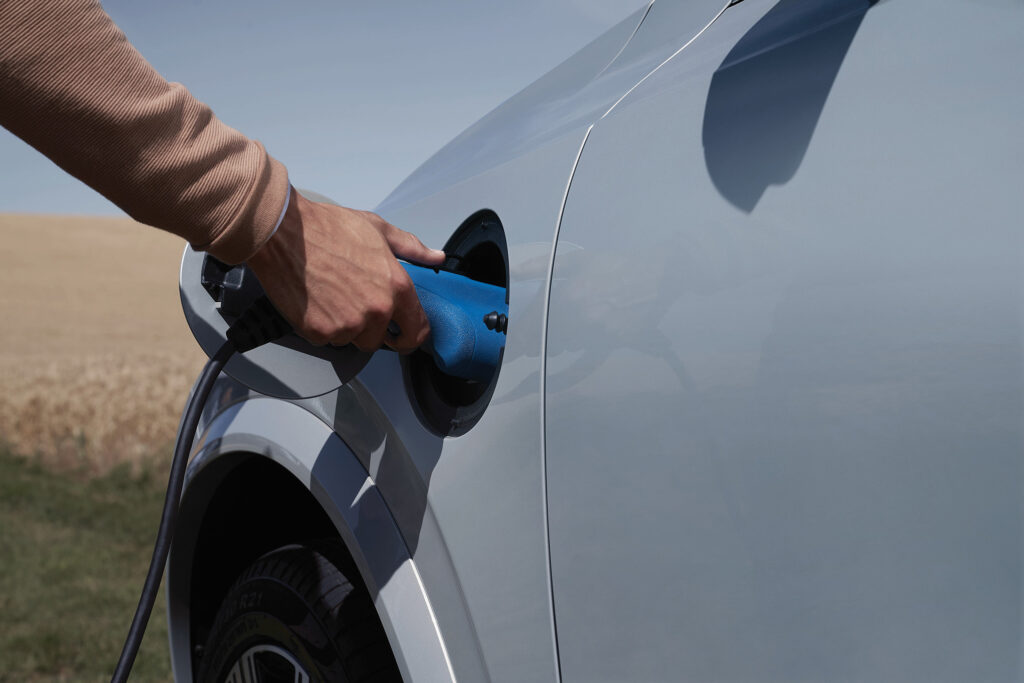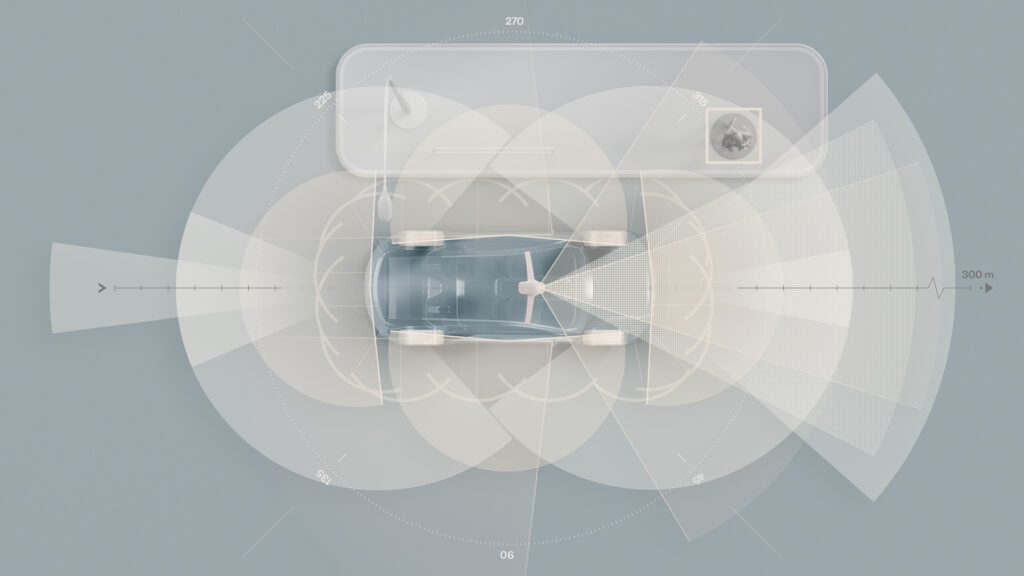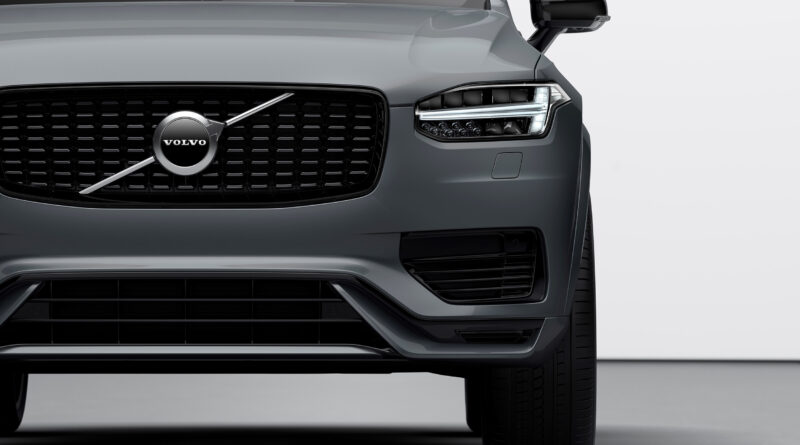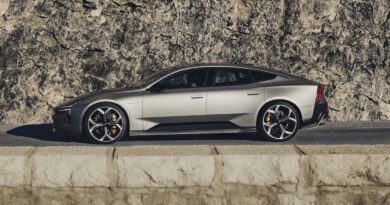Seven-seat XC90 to go electric as Volvo accelerates EV push
Volvo’s all-electric journey will kick off in 2022 with confirmation the XC90 large SUV will be an EV for its next generation.
Volvo is already gearing up to welcome its first all-electric model, the C40 Recharge, which is expected to arrive in Australia in 2022.
However, whereas the C40 is a new addition to the Volvo lineup, the XC90 will represent the first existing model to ditch its internal combustion engines altogether and focus entirely on electricity. Volvo has already dropped all its diesel engines in Australia following an announcement late last year.
READ MORE: Volvo XC60 to go EV for new model in 2024
Like the C40, the new XC90 EV is expected to online be sold online in line with Volvo’s new electric car sales method.
Referring to it as the “fully electric successor to Volvo Cars’ XC90”, Volvo said the new XC90 would be unveiled in 2022. Depending on when in 2022 it’s revealed, there’s a chance it may not make it to Australia until the following year.
Either way, the announcement represents a milestone for the Swedish brand that plans to become EV only by 2030.
Being an all-electric model means Volvo can design the XC90 – the brand’s largest and longest-running SUV – from the ground up as an EV, something likely to change the proportions of the car.
In a design discussion on the upcoming C40 – where Volvo said any future EV Volvo wagon would be different to those on the road today – Volvo design boss Robin Page recently told us that not having to account for an ICE meant being able to maximise interior space and optimise the proportions and aerodynamics of the vehicle to suit its all-electric application.

Competing with the BMW X5, Audi Q7 and Mercedes-Benz GLE, the XC90 has long been a family favourite and provided a Swedish antidote to the German brands that dominate sales.
The new XC90 EV – expect it to be called the XC90 Recharge – will naturally compete with some of the electric luxury SUVs already on the market, including the Jaguar I-Pace, Mercedes-Benz EQC, Audi e-Tron and upcoming BMW iX.
However, whereas all of those have only five seats, it would be logical to assume the new electric XC90 would have seven seats, continuing with the layout that has attracted families for almost two decades.
In announcing the XC90 Volvo also confirmed it would use a Lidar (laser radar) long-range sensor as part of its safety and semi-autonomous package.
It will also have an “autonomous driving computer powered by Nvidia Drive Orin system-on-a-chip”.

Nvidia is best known for graphics processing units for game consoles and computers, but it also supplies processing units for some automotive companies including Audi.
The new systems will be able to accept over the air software updates for improvements throughout the life of the vehicle.
Volvo says the new crash avoidance systems developed as a result of next-generation hardware and software will improve safety.
“Volvo Cars is and always has been a leader in safety. It will now define the next level of car safety,” said Håkan Samuelsson, Volvo chief executive.
“By having this hardware as standard, we can continuously improve safety features over the air and introduce advanced autonomous drive systems, reinforcing our leadership in safety.”




